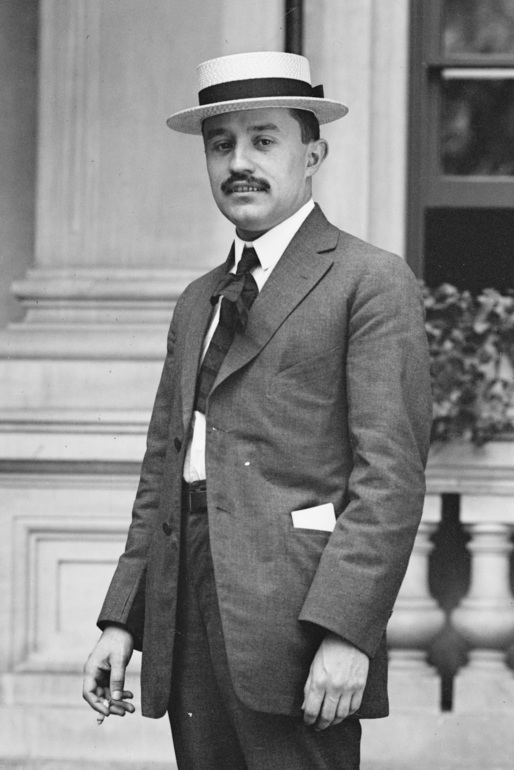
José Vasconcelos (1914)
*
Español
July 28, 2024
by Philip Gambone
"The days of the pure whites, the victors of today, are as numbered as were the days of their predecessors. Having fulfilled their destiny of mechanizing the world, they themselves have set, without knowing it, the basis for a new period: the period of the fusion and mixing of all peoples."
These clarion words were written one hundred years ago by José Vasconcelos, the founder of modern Mexican education. Under the liberal presidency of Álvaro Obregón, Vasconcelos served as Mexico's Minister of Education from 1921-1924. He was a largely self-taught polymath and a passionate writer on a wide spectrum of topics: politics, philosophy, history, education, sociology, and cultural affairs. His Obras completas, in four volumes, numbers several thousand pages.
Among Vasconcelos's best known and most heatedly debated works is La raza cósmica, The Cosmic Race, which translator Ilan Stavans (himself a polymath) notes "has acquired the status of a classic even though people do not read it." The book is an argument for the ideology of a future "fifth race"—located in mestizo culture and spirituality—which will herald a new, harmonious civilization: Universópolis. This prophetic book, says Didier T. Jaén, another translator of the work, was "a titanic effort." It is also a maddening book to read, marred by contradictions, pseudo-science, disjointed paragraphs, and uncomfortable racial stereotypes. While the book was enormously popular in the first years of its life—especially among people of mixed racial heritage—today it has fallen into disrepute. As Jaén notes with wry understatement, "It is not quite fashionable to praise Vasconcelos in Mexico these days." And yet, La raza cósmica is worth reading, for it presents a vision of a better world than the one we have today.
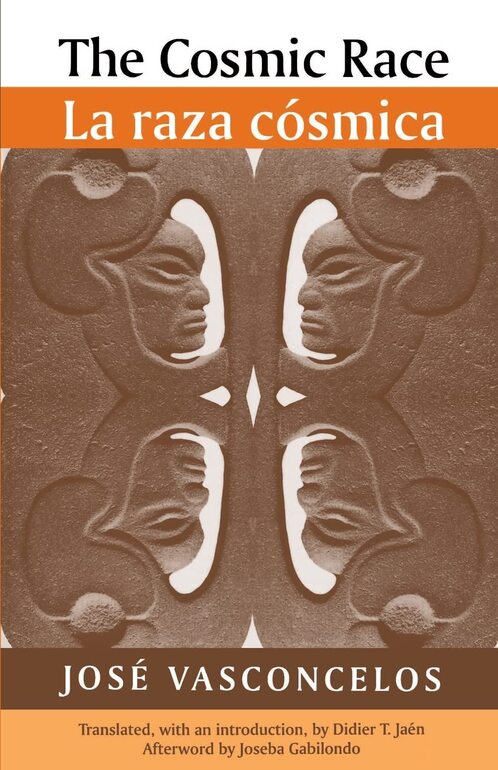
José Vasconcelos Calderón was born in Oaxaca in 1882. As a youngster, he attended school in Eagle Pass, Texas, during the years that his father worked as a customs inspector across the Rio Grande in Piedras Negras. Living along the border, the young Vasconcelos was exposed to racial and cultural tensions between Americans and Mexicans. In his autobiography, A Mexican Ulysses, he recalled, "When it was said in class that a hundred Yankees could put to fight a thousand Mexicans, I got up and said, 'That isn't so!' And it made me still more angry if some pupil compared the customs of the Mexicans to those of the Eskimos, and said, 'Mexicans are semi-civilized people.'" This kind of prejudice was "a factor that deeply shaped Vasconcelos's worldview," writes Stavans in his book José Vasconcelos: The Prophet of Race.
Young José went on to study at the Escuela Nacional Preparatoria in Mexico City, where he earned his bachillerato. In 1905, after obtaining a law degree, Vasconcelos worked for a while in the Mexico City branch of a New York law firm. He became active in intellectual circles and helped found an atheneum, the Ateneo de la Juventud, whose purpose was to struggle against the moral corruption of Mexican life under the dictator Porfirio Díaz. As the anti-Díaz movement heated up, Vasconcelos became editor of El Antirreeleccionista, a journal dedicated to non-violent change in the government. His attacks on the Díaz regime got Vasconcelos exiled to the United States, where, for three months, he worked as a translator and typist before being granted amnesty.
In the turbulent years of the Mexican Revolution, Vasconcelos—the revolution's "cultural caudillo"—remained loyal to the cause. But he was impatient with the slow pace of reforms under the presidency of Venustiano Carranza (1917-1920) and became one of Carranza's harshest critics. After Carranza was assassinated in 1920, Vasconcelos was appointed rector of the Universidad Nacional, from which he created the Secretaría de Educación Pública.

Logo of UNAM designed by Vasconcelos
*
The ministry's ambitious undertaking included setting up government printing shops, creating vocational training programs for males and females, disseminating birth control information, and distributing free breakfasts for poor children so that they could concentrate on their studies. He was fond of saying, "I am not inspired for my reforms in Boston but in Xochimilco."
Vasconcelos was "a believer in applied Christianity," Katherine Anne Porter wrote in one of her Mexican essays. "He might be called Tolstoyan, except that he is Mexican, and the doctrine of nonresistance does not engage his faith. He claims in his calm way that the true purpose of higher education is to lift the souls of men above this calamitous civilization."
During these years, Vasconcelos was preoccupied with questions of race. "He insisted on the principle that the indio and the blanco be educated together," writes Gabriella de Beer, one of his biographers. "Poets and artists were invited to live with the indigenous groups to arouse and interest them." Under his leadership, the Mexican mural movement emerged. Stavans calls it another way in which Vasconcelos used art "as a means of enlightenment."
In the 1920s, Vasconcelos was so popular as a reformer that his name was bandied about as a potential candidate for the Mexican presidency, which he refused. Nevertheless, he accepted a nomination for the governorship of his home state of Oaxaca. He won the election, but the central government would not recognize him in office. The defeat spurred him to create a weekly journal, La Antorcha, the first periodical in the country with a socialist bent, in order to disseminate his opposition to the government and dictatorships. Vasconcelos became an inspiration to thousands of students not only in Mexico but also in Panama, Colombia and Peru, who named him Maestro de la Juventud.

Opposed to the presidency of Plutarco Elías Calles, he resigned from the Ministry of Education and left for Spain in 1925, where he lectured mainly on the themes in La raza cósmica, which was published that year. Subsequently, during the latter part of the 1920s, he taught at the University of Puerto Rico, the University of Chicago, and Stanford.
Despite its faults and missteps—"a bumpy read," says Stavans— La raza cósmica, or at least its opening chapter "Mestizaje," should not be discounted. It is an impassioned, if sometimes stumbling, meditation on a future world rooted in spiritual values. Like his contemporary, the French Jesuit Teilhard de Chardin, Vasconcelos' outlook "leaned toward mysticism," Jaén explains. "To reject his thesis only from the point of view of science and genetics is somewhat unjustified…. Perhaps Vasconcelos' mistake was to have written in a style that emulates science and philosophy, when he pretended to be more than a philosopher or scientist. His problem was that of expressing in a rational language intuitions that surpassed the limits of language and reason."
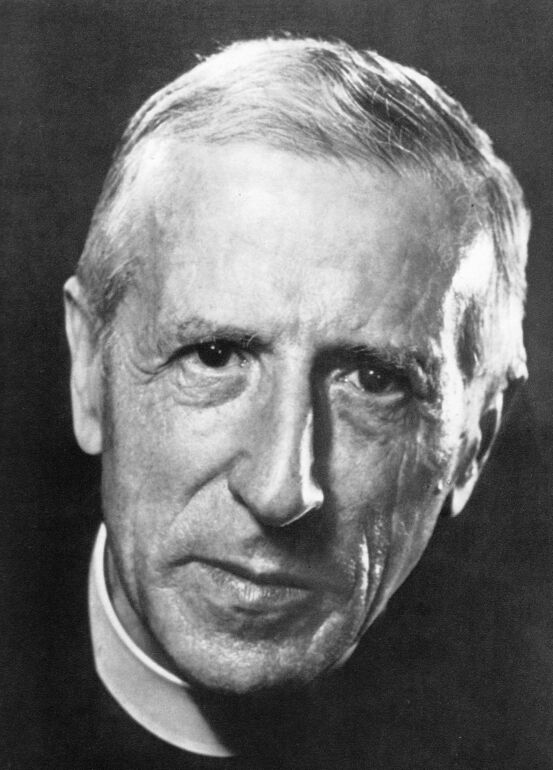
Teilhard de Chardin
*
Vasconcelos believed that domination of the other races by the white race would not only be temporary, but would ultimately serve as a bridge that would connect the races. "The white race has brought the world to a state in which all human types and cultures will be able to fuse with each other. The civilization developed and organized in our times by the whites has set the moral and material basis for the union of all men into a fifth universal race, the fruit of all the previous ones and the amelioration of everything past."
In light of the Anglo-Saxon domination of the Hispanic world, Vasconcelos was acutely aware of the Latin sense of defeat—in Mexico known as malinchismo or inferiority complex. "Defeat has brought us the confusion of values and concepts; the victor's diplomacy deceives us after defeating us; commerce conquers us with its small advantages. Despoiled of our previous greatness, we boast of an exclusively national patriotism and we do not even see the dangers that threaten our race as a whole. We deny ourselves to each other. Defeat has debased us to the point that, without even being aware of it, we serve the ends of the enemy policy of defeating us one by one; of offering particular advantages to some of our brothers while the vital interests of the others are sacrificed."
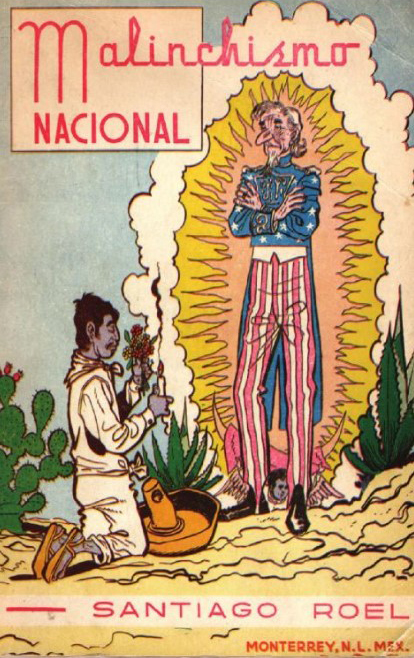
The great empire builders of other centuries had, he wrote, rejected a "mixture of dissimilar races, but they committed the sin of destroying those races, while we [i.e., Latin American mestizos] assimilated them, and this gives new rights and hopes for a mission without precedent in History … The advantage of our tradition is that it has a greater facility of sympathy toward strangers. This implies that our civilization, with all its faults, can be the one chosen to assimilate and refashion all men, and that within it is the basis for a new humanity."
Vasconcelos's idealism makes for stirring reading. He looked toward a time—the twenty-first century—when the synthetic race would aspire "to engulf and express everything human in forms of constant improvement." What would emerge would be "the definitive race … made up of the genius and the blood of all people and, for that reason, more capable of true brotherhood and of a truly universal vision." Vasconcelos's dream was for a world predicated not on conquest and domination but on cultural synthesis, not on arrogance but on joy: "no longer for the triumph of a single race, but for the redemption of all men… as the promise for a future that will surpass all previous times."
In 1929, Vasconcelos made a bid for the presidency. His followers promoted him as the kind of noble, honest man who would work "in order to establish among all an order favorable to culture and freedom." The opposition, under the banner of the Partido Nacional Revolucionario (the party that dominated Mexican politics for the next seventy years and was famously called a "camouflaged dictatorship" by Mario Vargas Llosa), mounted a fierce, bloody resistance that resulted in the mysterious death of several of Vasconcelos' team and more than one attempt on his own life. In the elections, the official candidate, Pascual Ortiz Rubio, won by a landslide. "I have been cheated," Vasconcelos declared.
During the last thirty years of his life (1929-1959), Vasconcelos again and again attacked his country and its corrupt administration. In 1946, he was given the largely ceremonial position of director of the Biblioteca Nacional. "The last decade of his life was marked by bitterness," Stavans writes. "He ranted frequently against Mexico's governing elite and issued melancholic statements on how Mexico had betrayed its own potential as a modern nation."
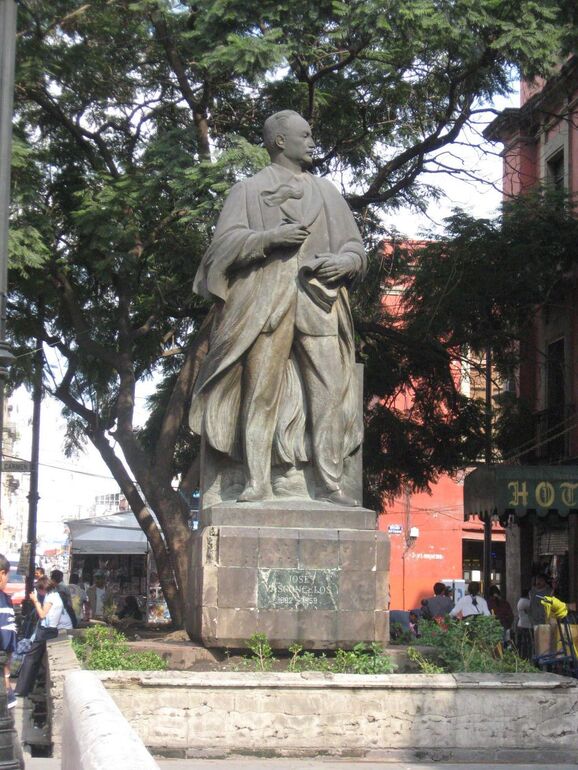
Statue of Vasconcelos on San Ildefonso Street in Mexico City
*
With all its flaws, La raza cósmica is still worth reading. At least two modern translations of its seminal chapter, "Mestizaje," are available in English. While Didier Jaén is right to point out that the book "gives the impression of a great intuitive mind which did not find its mode of expression," still Vasconcelos's basic message—that the Hispanic race has "ahead of it this mission of discovering new regions of the spirit," and that this spirit, this cosmic race, will be "fashioned out of the treasures of all the previous ones"—is a message we urgently need to hear today in our world so fractiously divided by racism, xenophobia, and the culture of haves against have-nots. "The name brings to mind different things to different people," de Beer says, "but the curious thing is that everybody reacts to the mention of it. One cannot be indifferent to Vasconcelos."
**************
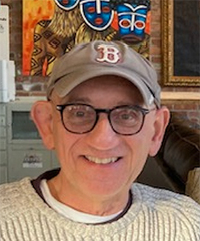
Philip Gambone, a retired high school English teacher, also taught creative and expository writing at Harvard for twenty-eight years. He is the author of five books, most recently As Far As I Can Tell: Finding My Father in World War II, which was named one of the Best Books of 2020 by the Boston Globe. His new collection of short stories, Zigzag, will be published in October.
**************
*****
Please contribute to Lokkal,
SMA's online collective:
 ***
***
Discover Lokkal:
Watch the two-minute video below.
Then, just below that, scroll down SMA's Community Wall.
Mission

Visit SMA's Social Network
Contact / Contactar

